Shining in the sun, a massive, metal globe stands beside a silver jack, from the children’s game jacks, with crossed arms attached to the center spoke. The sculpture forms a giant “XO” in front of One World Trade Center. The sculpture by Daniel Anderson, called “XO World,” is part of the XO World Project, an initiative that aims to “encourage people of all ages to lend their voice and take action to advance the causes of peace, love and inclusion worldwide.” The artist says that he was inspired by “children and their open acceptance of others. A child’s mind and heart are free of prejudice regardless of race, gender, or religion,” an attitude that Anderson hopes will spread. Standing on the site of the tragedy of 9/11, the placement of the sculpture is evocative, adding an extra layer of pathos to the statue promoting peace and understanding. The shining sculpture sends a powerful message to anyone who sees it.
XO World Project
Congress Needs to Work Toward Immigration Reform This Year
Gay Liberation Monument
Located in Christopher Park, a small park in the Greenwich Village neighborhood of Manhattan, stands a permanent monument to the gay rights movement in the United States. Known as the Gay Liberation Monument, the small group of statues by artist George Segal sit and stand in couples, seeming to relax and enjoy the park, “showing the public comfort and freedom to which the gay liberation movement aspired.” The monument is positioned in front of the historic Stonewall Inn, a bar and dance hall which has catered to the LGBTQ+ community since 1966, and which was the site of the famous Stonewall Riots in the summer of 1969. The riots, led by heroes like Marsha P. Johnson and Sylvia Rivera, began when police raided the bar and arrested many of the patrons. The Stonewall Riots are widely acknowledged as a major galvanizing force in the fight for gay rights in the United States. The figures placed in the park outside are a poignant tribute to the LGBTQ+ community, and the people who fought for acceptance and visibility.
We Lived Happily During the War
NYC Parks Renaming Project: Celebrating Black Leaders
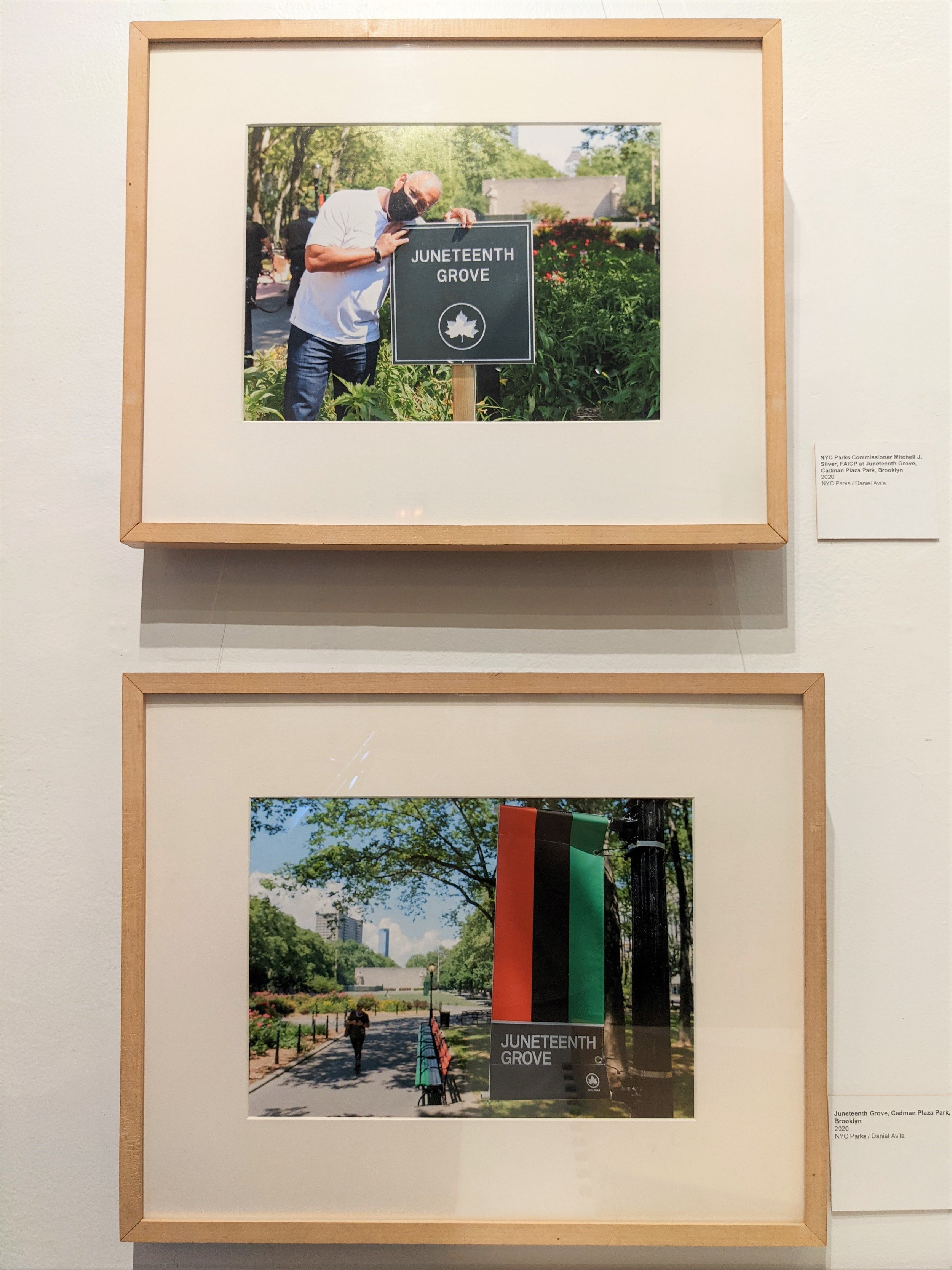
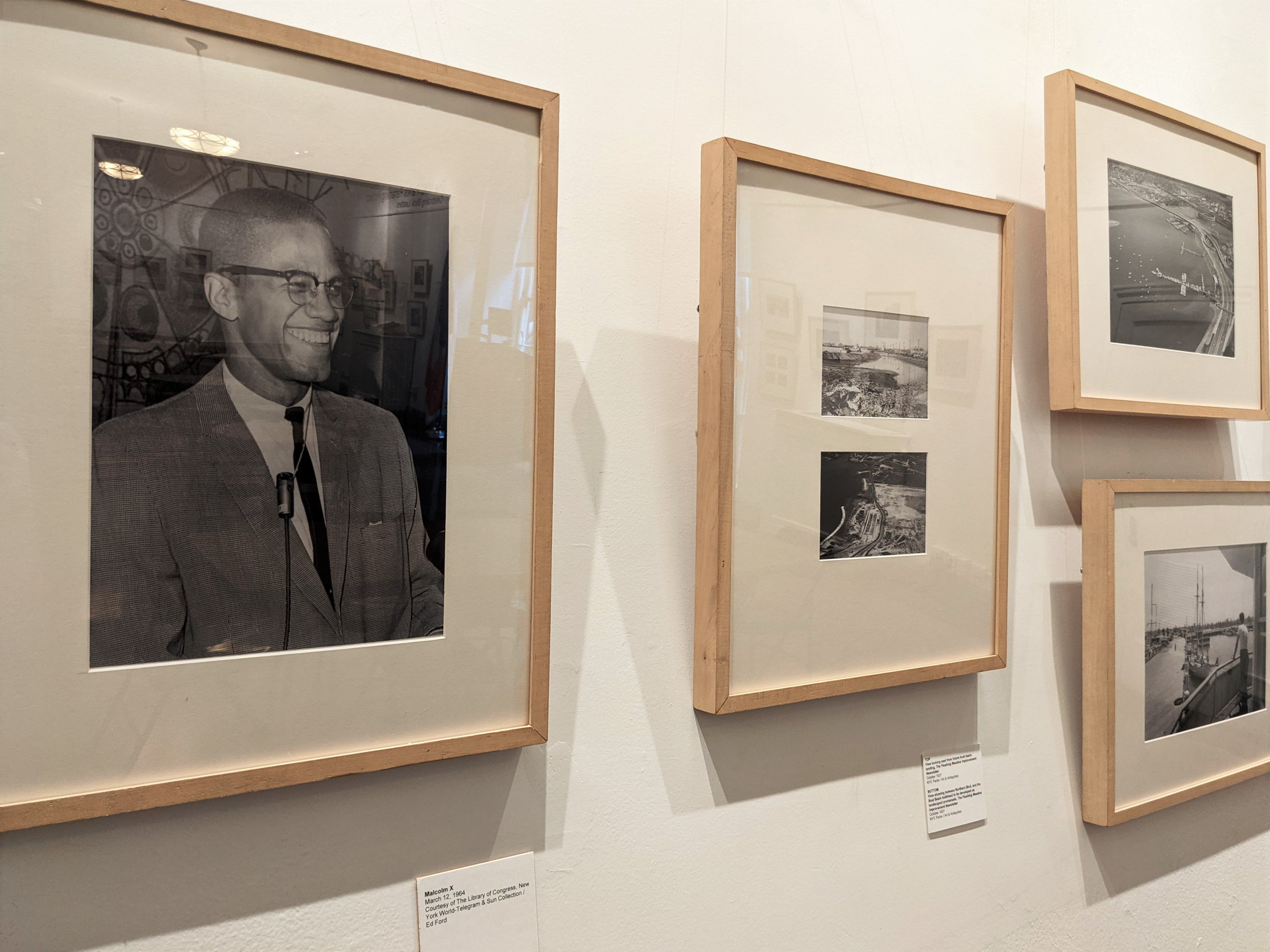
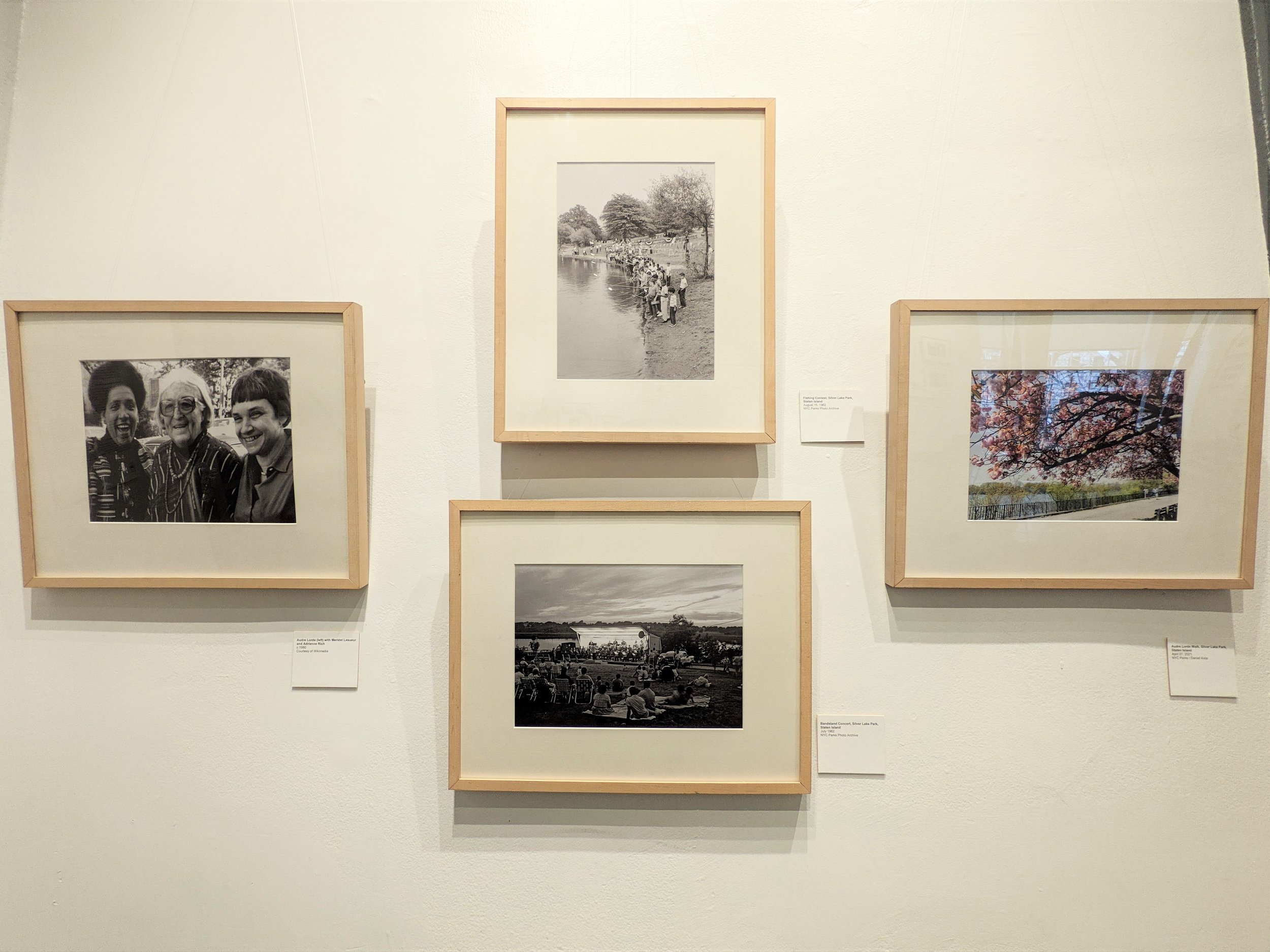
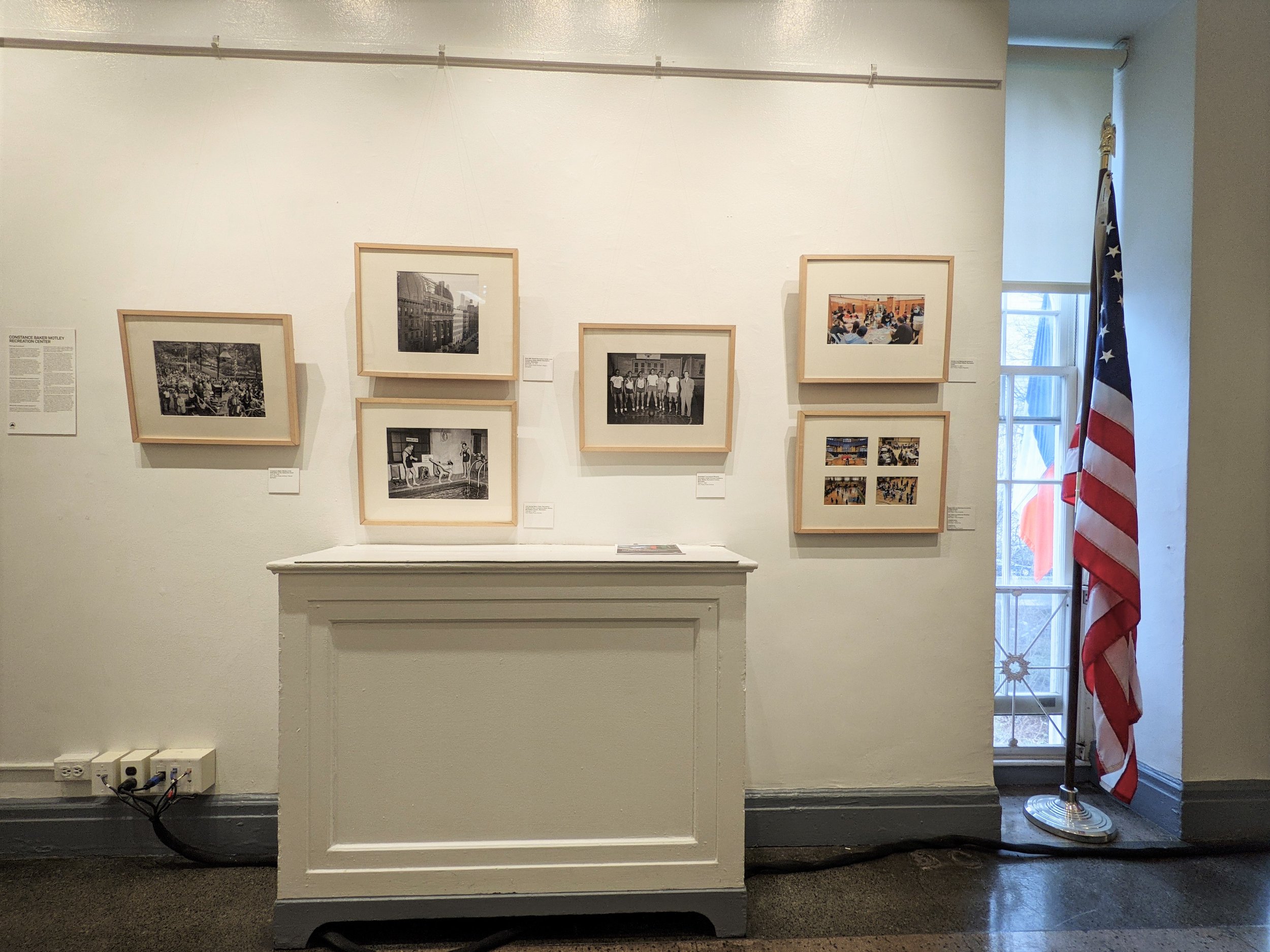
In June 2020, in the wake of the murder of George Floyd and the subsequent national dialogue about race and justice, NYC Parks “pledged to demonstrate how it stands in solidarity with the Black community in its fight to combat systemic racism.” Since making this pledge, the Parks agency has named twenty-eight parks spaces to honor the Black community. Many of them are named after prominent Black Americans, including civil rights leaders, artists, activists, educators, athletes, local community leaders, and more. The project aims to “encourage discourse about their contributions, and work to make the park system more diverse and reflective of the people it serves.” For this year’s Black History Month, NYC Parks put together an exhibition at the Arsenal Gallery in Central Park featuring highlights from this expansive project. Historical photos sourced from the Municipal and National Archives, the New York Public Library, the NYC Parks Photo Archive, and several other sources are on display in the gallery alongside contemporary photos. These photos are contextualized by wall plaques giving information on the park locations and the Black leaders for whom the spaces are named.
70% of Americans Think Undocumented Immigrants Should Have a Path to Citizenship
EL DORADO – The New Forty Niners by Cecile Chong
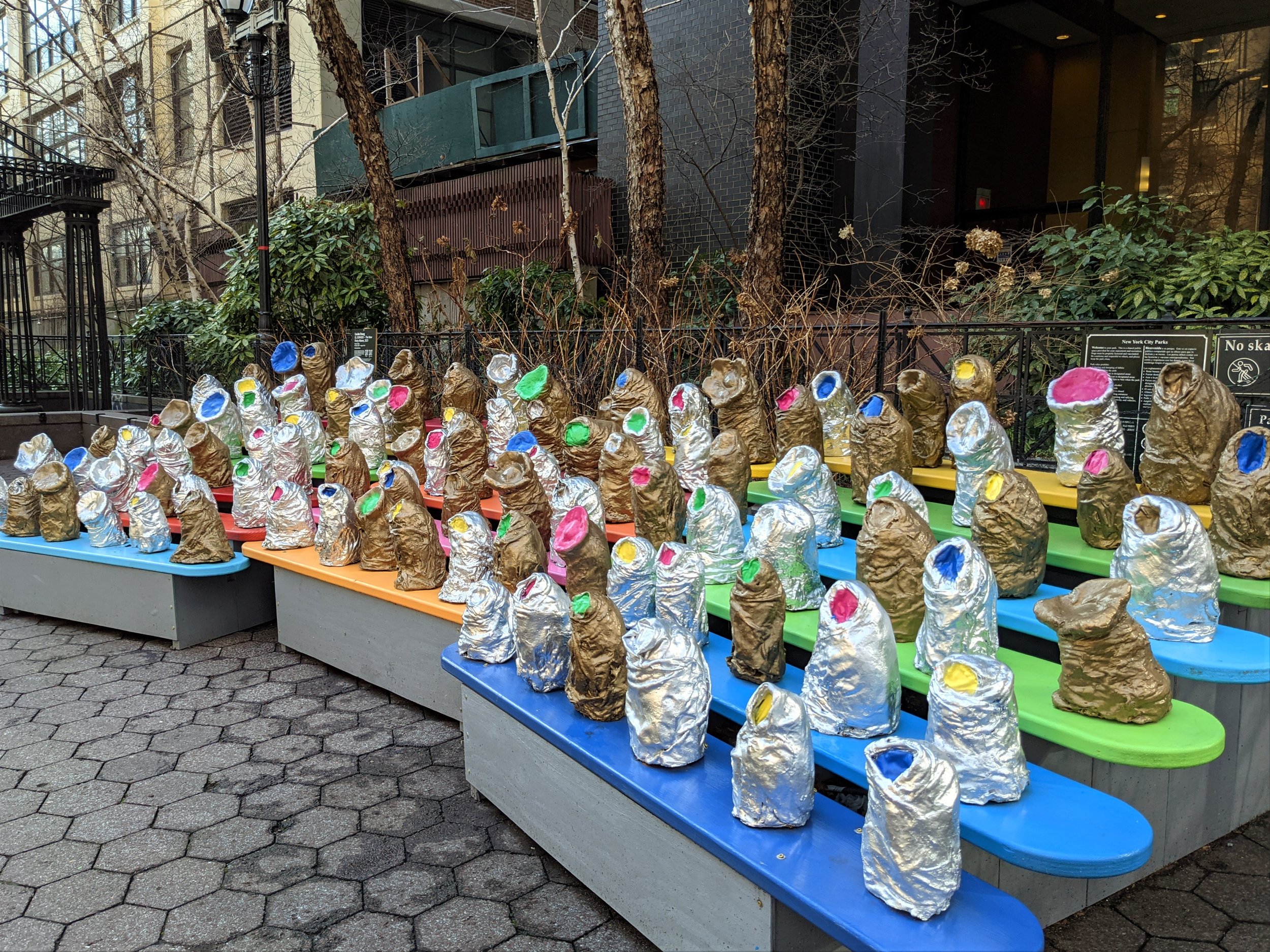
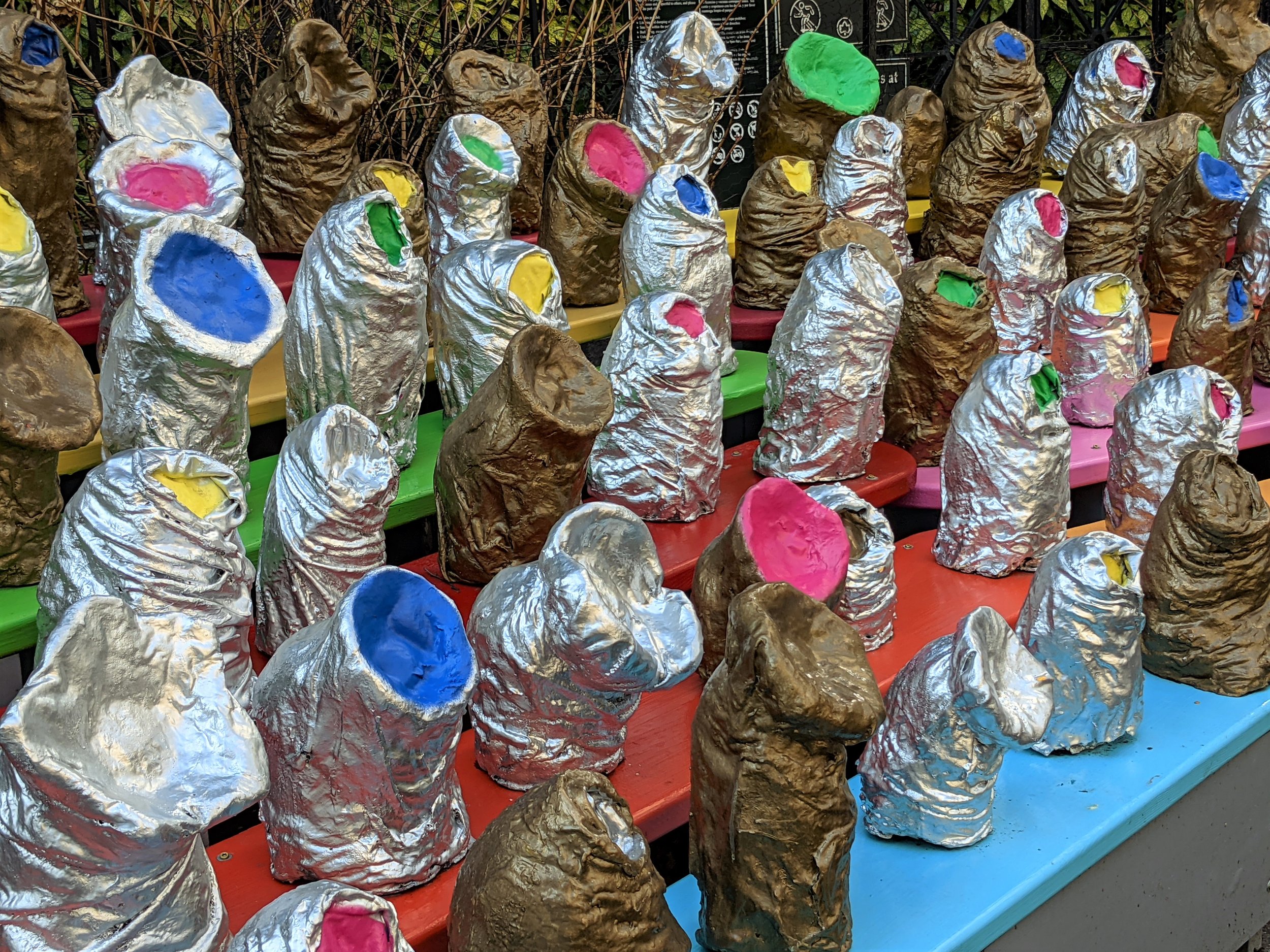
New York City is “the most linguistically diverse urban center in the world, probably in the history of the world.” The New York Metropolitan area is home to nearly twenty million people, who speak a total of over 800 languages. Forty-nine percent of households in New York City speak a language other than English. Artist Cecile Chong, originally from Ecuador and now living and working in New York, is interested in how and where world cultures overlap and interact. She created this installation, “EL DORADO – The New Forty Niners,” as a tribute to that forty-nine percent of households. The installation consists of one hundred “colored “guagua” (Quechua for baby) sculptures,” forty-nine of which are painted gold. It is a visual representation of the linguistic diversity of the city, and an endorsement of immigration and community.
Children of Chinese Immigrants at the Beijing Olympic Games
Chinese Ribbon Dance for Lunar New Year
Lunar New Year celebrations are in full swing in New York City! At Hudson Yards in Manhattan, public performances are taking place each weekend to bring people together for the holiday. These performances, put on by the New York Chinese Cultural Center, include traditional lion dances and ribbon twirling performances. Ribbon, silk, or scarf dancing can be traced back to the Han Dynasty in China, over 2000 years ago. The art form requires incredible strength and grace to perform the captivating, fluid motions of the dance.







